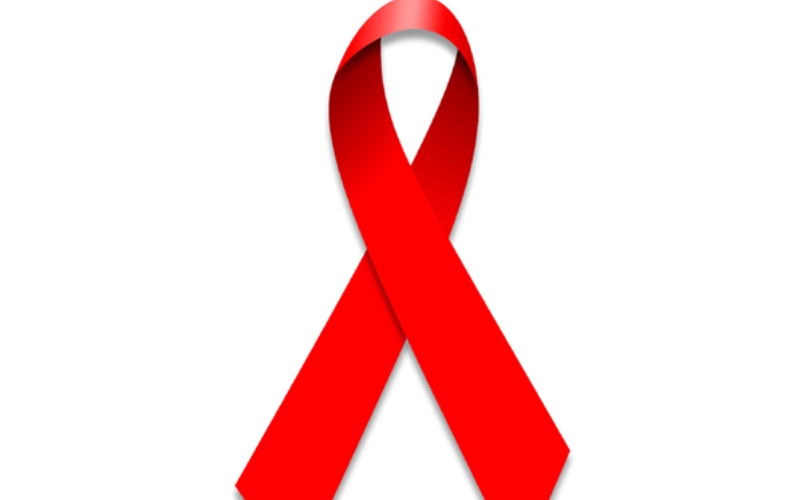Washington: Researchers have identified a new HIV vaccine delivery strategy, which provides small doses over series of days leading to stronger immune response than when the same vaccine is given all at once.
A new study demonstrates that changing a vaccine’s delivery, not the vaccine itself, can have dramatic results on its success.
“If you change the way the immune system sees viral proteins, it really can make a dramatic difference,” said Shane Crotty, leader of the study published in the Journal of Cell.
Researchers compared three vaccine dosage strategies to see if one might stand a better chance of prompting neutralizing antibody production.
They tested the strategies in rhesus monkeys, the best animal model for studying how the human immune system reacts to HIV.
Firstly, the team needed a window into the immune system. The researchers took advantage of a new technique, adapted recently, to repeatedly extract small samples of germinal center cells from the lymph nodes.
This enabled them to see antibody refinement occurring in real time while leaving the lymph nodes intact and able to keep improving the B cell response in the germinal center.
The researchers tested three immunization strategies: a traditional vaccine where the vaccine was delivered with one big shot; an ‘osmotic pump’ strategy, where an implant somewhat like a time-release drug pill slowly delivered the vaccine; and an escalating dose strategy, where the animals were given partial doses of the vaccine every-other-day for 12 days.
As researchers put, the traditional vaccine the experiment got interesting. To everyone’s surprise, the two slow release strategies led to not just more antibodies but better antibodies.
The slow release strategies appeared to keep more B cells activated for longer, giving them time to work with another cell and refine antibody strength and binding.
As time went on, these B cells actually began producing neutralizing antibodies that could bind to important parts of HIV’s structure.
“It was a beautiful thing to get to see what was happening in the lymph nodes over time,” said Crotty.
The next step in this research is to design delivery methods practical for clinical use around the world. The researchers believe methods like degradable capsules could be less cumbersome for patients than osmotic pumps or multiple vaccine doses.
“We might need to think more outside the box to develop vaccines against harder-to neutralize pathogens, including HIV,” concluded Kimberly Cirelli, first author of the study.
[source_without_link]ANI[/source_without_link]

